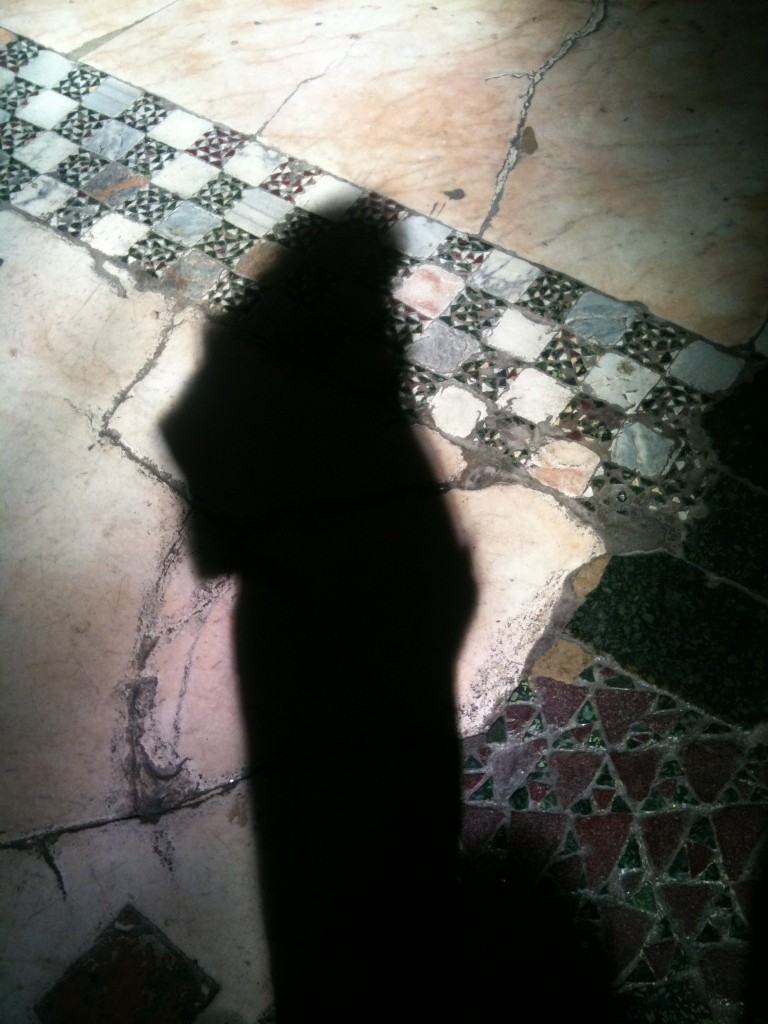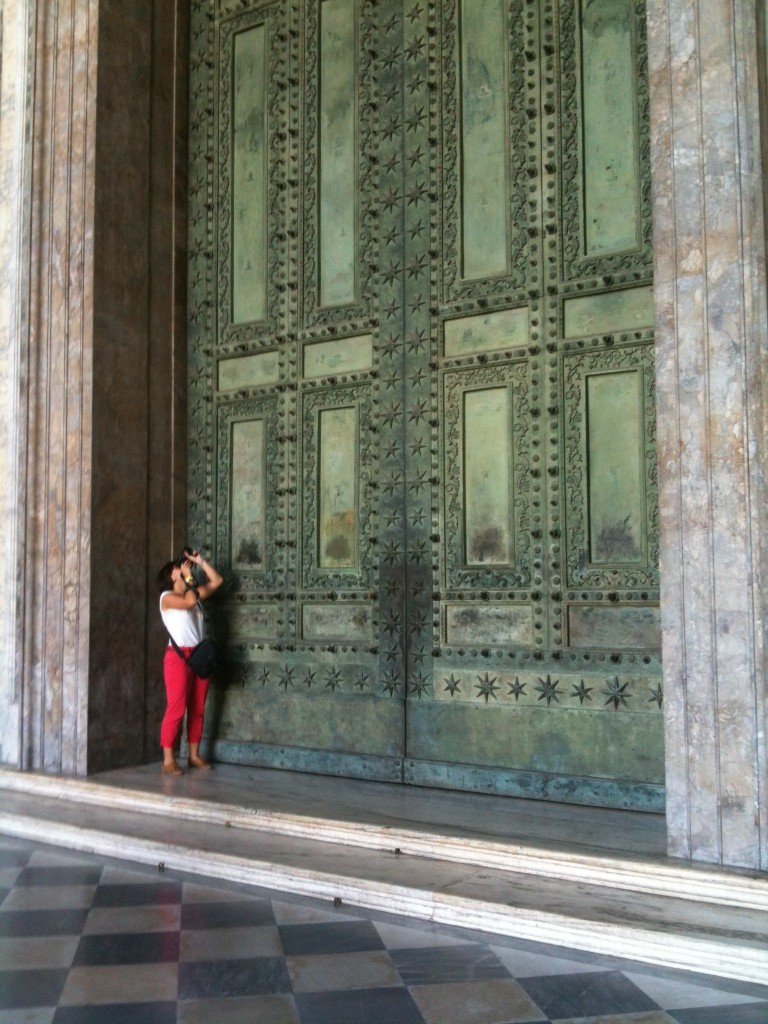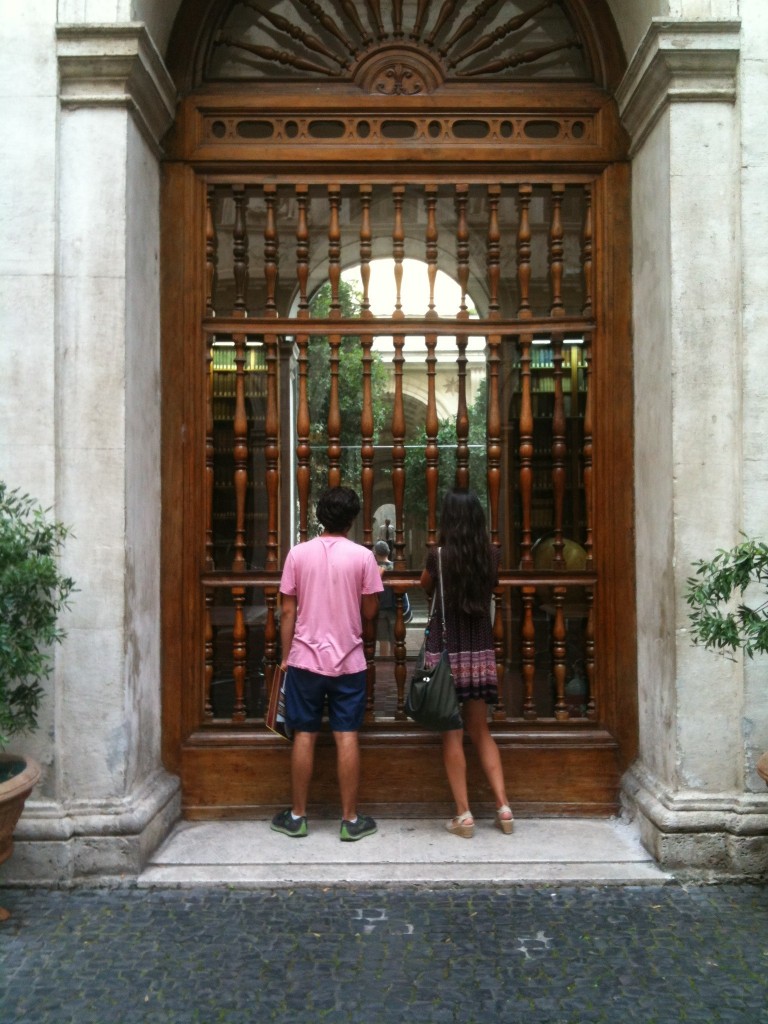
Upon arriving in Rome we are confronted not only with the normal challenges associated with adapting to life in a foreign city, but also with the question of our place as creators and thinkers within the context of Roman culture. In many ways the attributes which attract us initially to the city, its history and artistic tradition for instance, can become the greatest obstacles that we encounter as we begin to propose new thoughts and images within the Eternal City. At first glance Rome can seem impenetrable, both because of its strongly established and reinforced identity and because of the level of preservation that we encounter on a daily basis. It is easy to feel as though Rome is not a city that is receptive to the new and different.
However, as we begin to study the city’s history through its art and architecture, and even its cinematic culture, we learn that the city we see today is not an ancient monument, but rather a cumulative and constantly evolving product of a diverse history. This history is often marked by diametrically opposed periods of great innovation and unification and equally great destruction and oppression. We learn, for instance, of the restructuring of the city under fascism to physically reflect the ideological national identity being developed at the time. And while the destruction of whole neighborhoods to build boulevards highlighting Rome’s monuments seems brutal to us, we must remember that that too contributed to the formation of the Rome we see today. It is important for us to learn to see Rome as a city of layers rather than an artifact of a specific ancient past.

While the identity of the “Eternal City” may seem daunting, working in the presence of a history such as Rome’s is an infinitely nourishing experience for all the architecture, art and liberal studies students here. As has always been the case for me, upon arriving in Rome I have experienced an uncharacteristic surge of creative energy and have immediately commenced my own artistic navigation of the city. I began with daily wandering and liberal documentation of the things I was revisiting and discovering. Eventually through my projects I found a lens through which I can interact with the visual and historical material of the city in a way that is personal and independent of the clichés that initially entangle us. Now that classes have started I have been finding historical supplementation for my projects and I am enjoying bringing all these sources of information and inspiration together in my projects. I have even found inspiration in certain exhibitions in the contemporary art museums around Rome such as the Macro and Maxxi museums, which many of us have visited. I summarize the experience of beginning to work in Rome because I feel it is not so unique; we are all trying to find our place and become receptive to all the potentially resonant information around us.
In these first weeks we are overcoming the sense of foreignness, and learning that we have the capacity to enter the city through our unique veins of interest. Although Rome is overwhelming, it is a city that can be unlocked by the optimistic and those intent on contributing to a new layer of history.


Always enjoyed the castel santangelo for that reason: a veritable ‘layercake’of history!
Nice post.